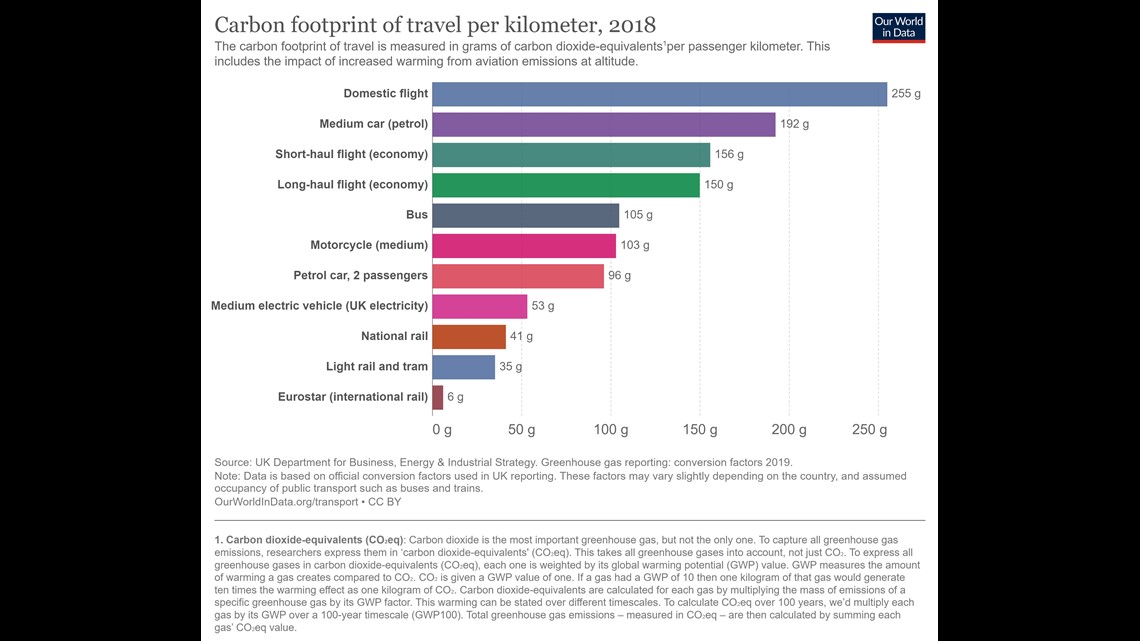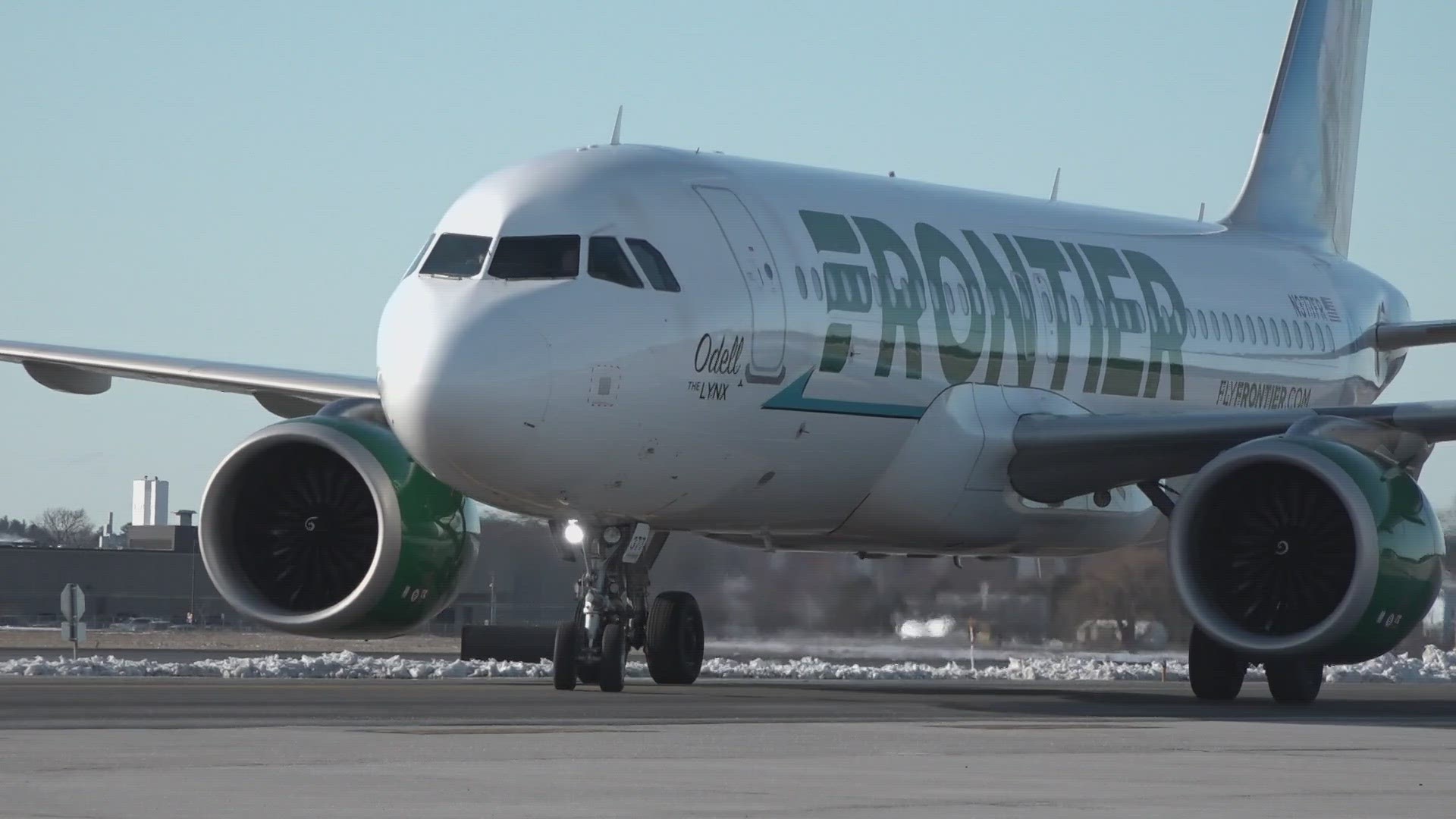PORTLAND, Maine — Transportation accounts for 14 percent of global carbon dioxide emissions and has become a significant target for improvement to slow down climate change. We’ve done several stories on electric cars and hybrids, but that’s only one part of the pie, so to speak. Commercial air travel has a significant carbon footprint as well.
Although aviation accounts for only 2.5 percent of global CO2 emissions, it’s a hot-button issue surrounding climate change. This is for a few reasons. The emissions are released higher in the atmosphere, leading to an increased warming effect. Perhaps more importantly, higher income groups that are more likely to take other steps to reduce their carbon footprint are also more likely to be frequent flyers.
Here's just one data point. According to CNBC, 70 percent of electric car customers’ incomes are at least $100,000, compared to the median household income of 70,000.
At the same time, Pew Research Center found that individuals who earn more than $80,000 are significantly more likely to have visited multiple countries, which requires more extensive air travel.
I sat down with Jonathan Rubin, a climate change economist at the University of Maine, to ask the pointed but obvious question:
Me: “Someone like myself, who drives an electric vehicle but travels overseas during non-COVID times say two times a year and does about three domestic flights, am I actually putting out more carbon than someone who drives a gas car but doesn’t travel by air?”
Rubin: “Well, the simple answer is, probably. We know that if, say, New York to London round trip is about 7,000 miles, [then] two trips from New York to London is about equivalent to what an average person would drive each year, which is about 12,000 to 14-15,000 miles per year. So, yes, if you go a couple times, a couple flights to London and back each year, it would be equivalent to all the miles and emissions from driving.”


It’s important to realize that, on a per-mile basis, flying isn’t really much more carbon intensive than other forms of transport.
The issue here is pure miles. To go back to our example of New York to London, that’s 7,000 miles, much farther than most road trips. And if you go from New York to Perth, Australia, that’s a cool 12,000 miles. It adds up fast.
So, what if anything can be done about the carbon footprint of aviation? Well, Rubin had this to say.
“If you have to fly, you have to fly, right? I fly as well. Let's be clear. But in the near term, it really is saying, ‘Do I need to take that trip?' And if you have to take it, you could, I suppose, buy carbon offsets. There are commercial companies that will allow you to buy carbon credits," he said.
The other thing that can reduce the carbon footprint of your next flight are “high-load factors." What does that mean? Well, the more people you can get on a given flight, the less carbon intensive it is per capita. So those cramped seats we all hate are technically helping combat climate change. At least they’ve got that going for them, which is nice.

